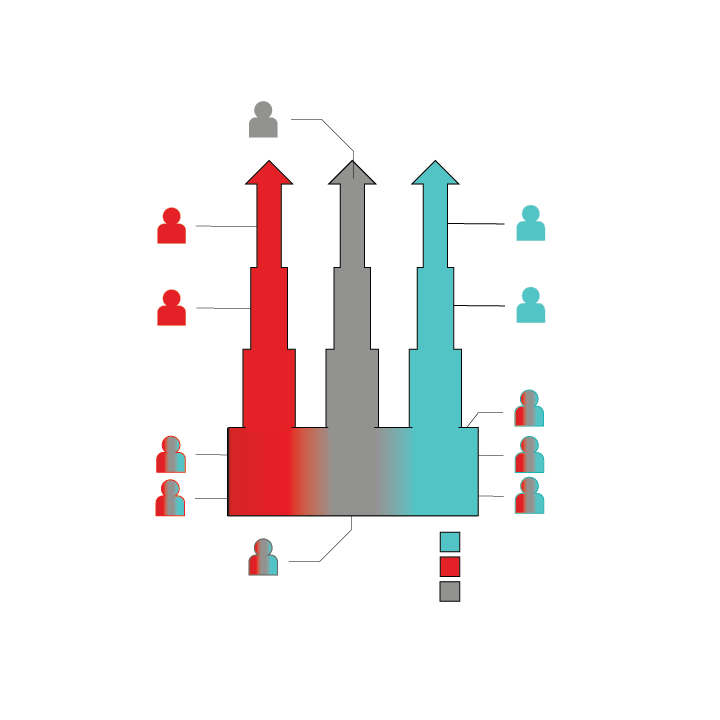Data Flow in OT Networks
Business-school policies don’t always suit operations.
Corporate philosophies and business schools will often say that information should always flow up the org-chart – meaning that key data and analytics are only sent to supervisors and managers, not to subordinates.
While this is perfectly fine for financial and customer data, this kind of approach doesn’t work well when you’re using it on your running machines or production systems.
We’ll discuss some of the challenges in the sections below…


The most obvious reason why information shouldn’t be hoarded is response time. There is usually very little time between an event and a response when you’re working with real equipment. Managers may have days or weeks to make a policy decision, where operators may have seconds. The safety of workers and the production from your facilities depends on quick, informed decisions by people who are often at the lower or mid-level of the organisation.
There’s little opportunity for discussion, deliberation or contacting every superior in the chain of command – people need to have easy access to make informed decisions quickly.
Many systems are highly interconnected, where small changes in one part can have dramatic impacts on others.
In larger organisations, these systems are managed or worked on by several different teams. Often the process people are distinct from the maintenance team, who are distinct from the electricians.
It’s vital that these teams communicate effectively. Being able to access the information and analytics produced by each of the other teams who work on your equipment helps make each of those teams more efficient, by being able to access information without dealing with bureaucracy.


There can be vast amounts of information available, and most of it is only relevant to the people actually working with the process. In most cases, management want summary information, such as daily or shift totals, KPIs and YTDs. The rest of the data is only useful to those people who are ‘lower down’ on the org-chart.
The volume of data is why many projects pushing IT or corporate methodologies into the OT space fail – the IT and business tools that are useful for corporate processes fail and degrade in OT environments. The pure amount of data, the time-scales that information deals with and the needed reliability of that information simply doesn’t fit well with the systems upper management are used to dealing with.
Instead, OT systems tend to push simple summaries up to other levels. The bulk of the analytics they generate should be delivered back down to the people who work with the process day-to-day.
The best way to understand the power of ARDI is to see it with your own eyes.
Simply add your contact details below and we will arrange a personal demo where we will take you on a full tour of ARDI’s backend and show live demonstrations of each capability